
In particular, developing OCOP products from specialized areas of cooperatives is becoming an inevitable direction, opening up opportunities for chain production, increasing value and creating jobs for rural people.
Improve production efficiency
The production - consumption chain of Van Duc vegetables (Gia Lam district) provides safe vegetables for supermarkets and collective kitchens; the silk product chain of My Duc Mulberry Silk Company Limited, with the model of silkworms weaving cotton blankets, towels, pillows...; the production chain of high-quality J02 rice in Ung Hoa district, with 4,000 hectares of production - consumption linkage... are evidences that, in recent times, many cooperatives in the city have proactively invested in building specialized areas for growing crops and raising livestock, combined with the strengths of craft villages to develop OCOP products. This model not only creates high-quality products, but also improves production organization capacity, increases competitiveness, contributes to job creation and increases income for cooperative members.
According to the Office of the City's New Rural Development Program Coordination, Hanoi currently has more than 1,330 active agricultural cooperatives and more than 3,300 recognized OCOP products, most of which are foods originating from local agricultural products. At the same time, the city has many large-scale specialized areas that have been formed such as: 40,000 hectares of rice, 5,000 hectares of safe vegetables, 7,220 hectares of aquaculture and concentrated livestock systems in 76 communes. This is an important foundation for cooperatives to build a closed production chain from raw material areas to processing and consumption - a sustainable direction to help improve efficiency and stabilize output. To date, 100% of communes in the city have built a production model associated with the consumption of key products, applying consistent processes and quality between stages in the chain.
However, the urbanization and industrialization process is narrowing the area of specialized cultivation areas. The unstable planning of raw material areas also affects the long-term investment plans of cooperatives and associated enterprises. Currently, not many agricultural processing facilities in Hanoi are provided with enough raw materials from local sources, most of them have to import raw materials from many other provinces and cities, increasing costs and quality risks.
Closer and more sustainable value chain linkages
Developing OCOP products from specialized areas cannot be separated from the role of value chain linkage. In order to promote this process, Hanoi has issued many policies to encourage enterprises, cooperatives and farming households to cooperate closely from production to processing and consumption. Currently, the Hanoi Department of Agriculture and Environment is strengthening regional connectivity in the supply of raw materials, through signing cooperation agreements between the capital and provinces with advantages in agriculture, ensuring a stable, quality supply with clear traceability.
However, the number of truly sustainable linkage chains is still limited, the raw material areas serving linkages are still fragmented and lacking in uniformity... To sustainably develop OCOP products from specialized areas, many opinions say that Hanoi needs to synchronously implement solutions, such as: Re-planning raw material areas suitable to local conditions, prioritizing mulberry growing areas for silkworms, raw materials for handicrafts (rattan, bamboo, reed, and giang). At the same time, promoting the application of science and technology to improve crop varieties, increase productivity and quality.
Hanoi also needs to invest in infrastructure for preservation, transportation, and inspection of raw materials in specialized areas and craft villages. Establish centralized raw material transaction centers to reduce intermediary costs and ensure transparent input quality. In addition, support cooperatives to improve management capacity, expand production, and effectively link with businesses along the value chain. Support policies need to be flexible according to the characteristics of each industry, creating incentives for businesses to invest in raw material areas.
Developing OCOP products from specialized areas of cooperatives is not only a direction in line with the Party and State's policy on sustainable agricultural development, but also a fundamental solution to improve the income and living standards of rural people in Hanoi. However, to truly exploit this potential effectively, it is necessary to have drastic, synchronous and long-term participation from the government, enterprises, cooperatives and people. When the "root" of raw material areas is consolidated, the "sweet fruit" of OCOP will certainly spread more strongly in the domestic and international markets.
Source: https://hanoimoi.vn/phat-trien-san-pham-ocop-tu-vung-chuyen-canh-cua-hop-tac-xa-nang-tam-gia-tri-nong-san-thu-do-705602.html





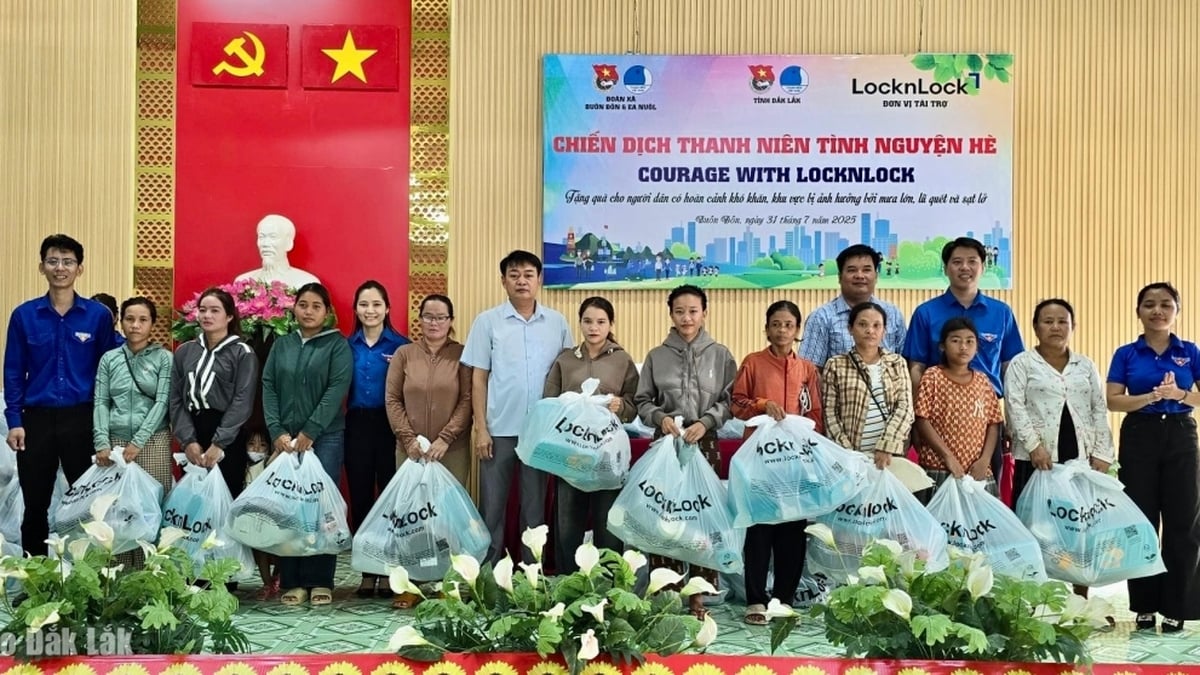
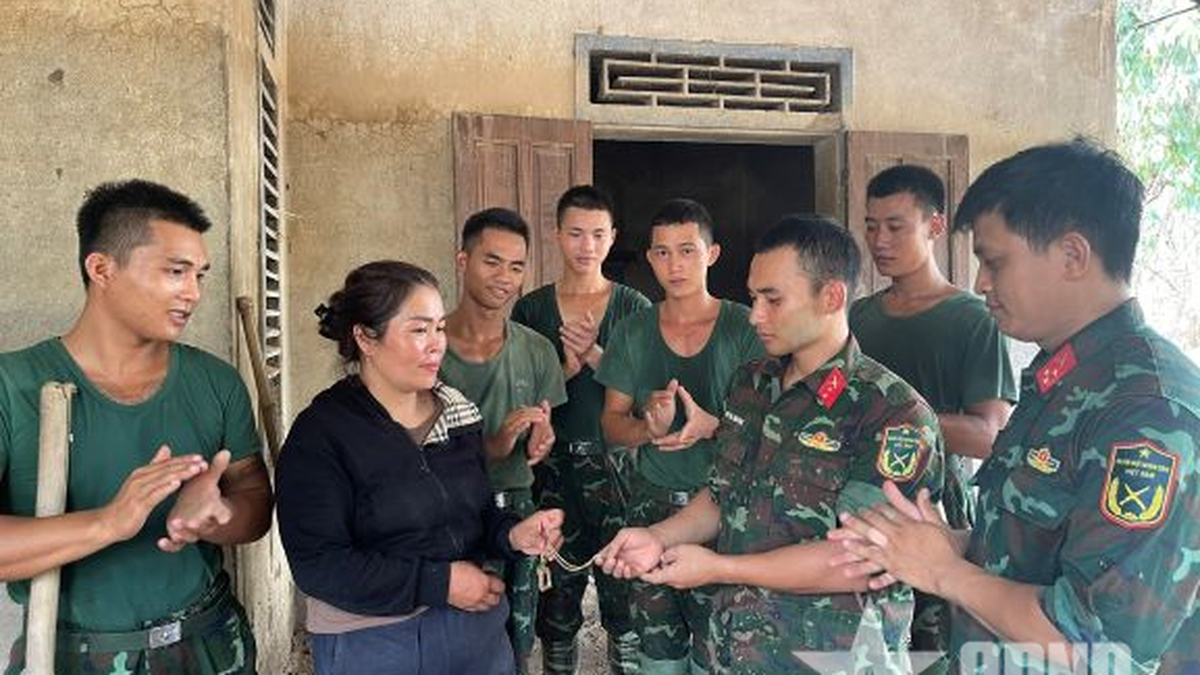

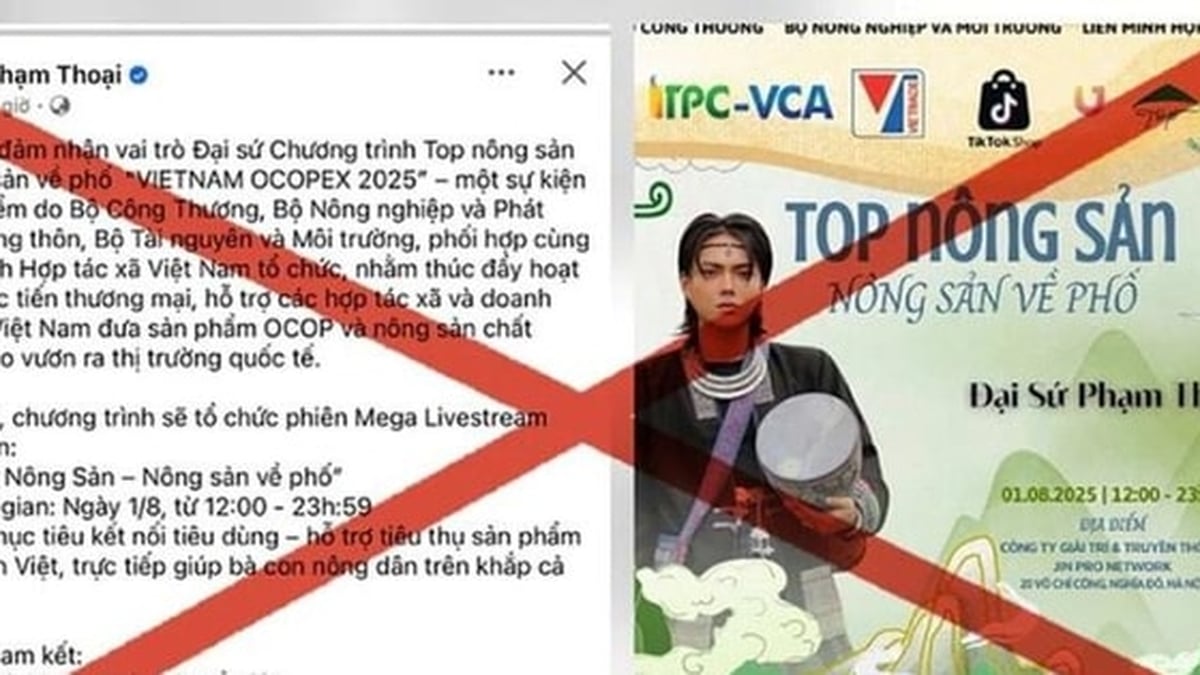
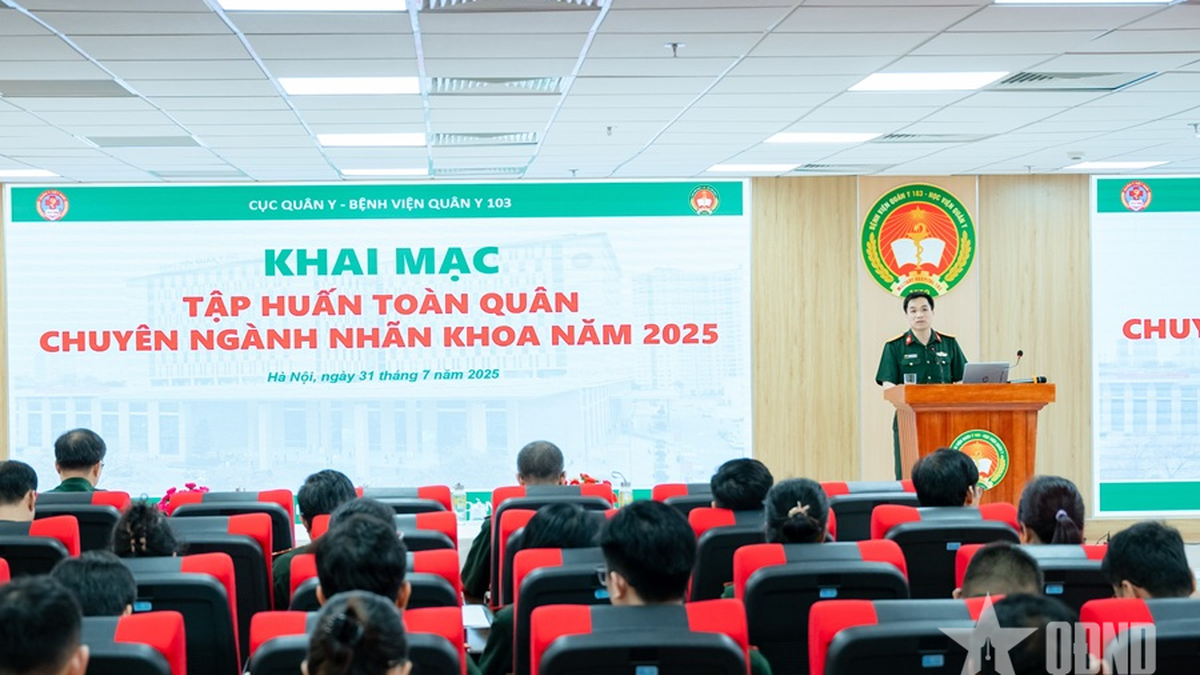
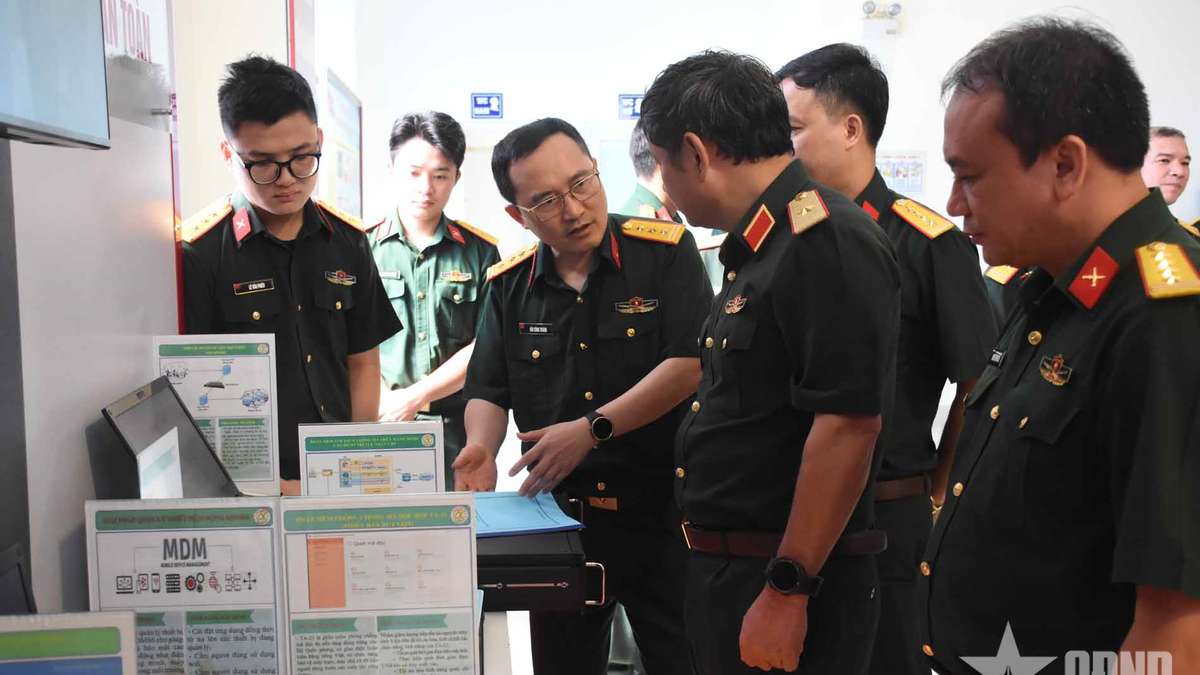













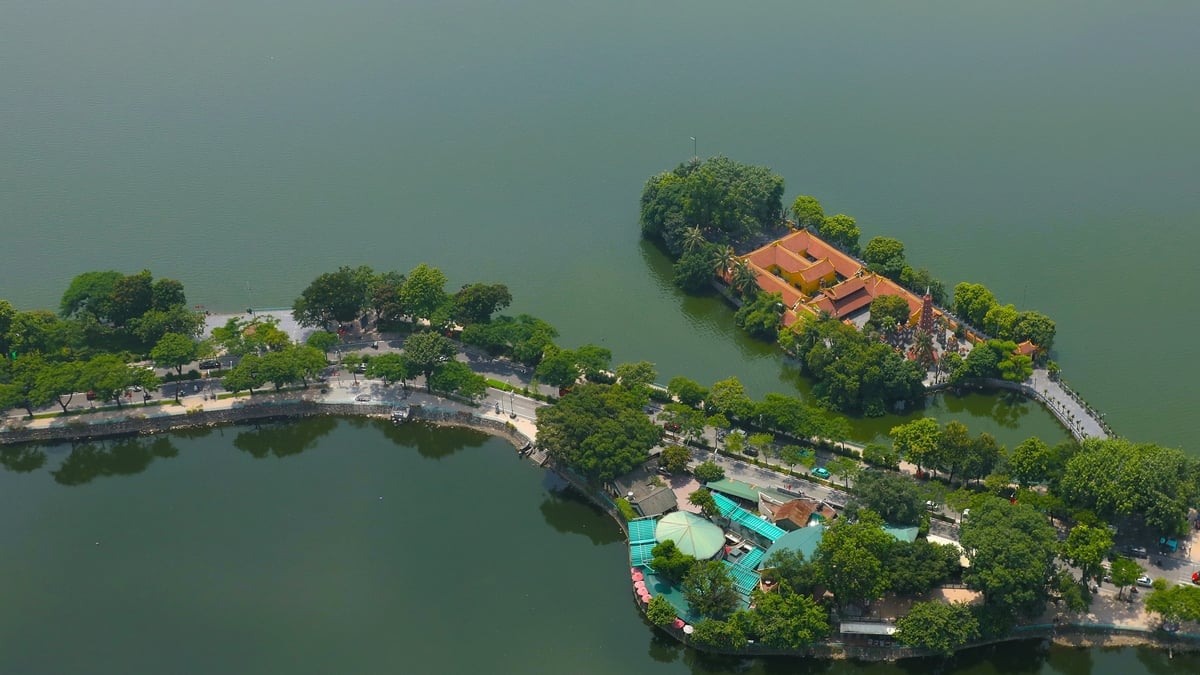
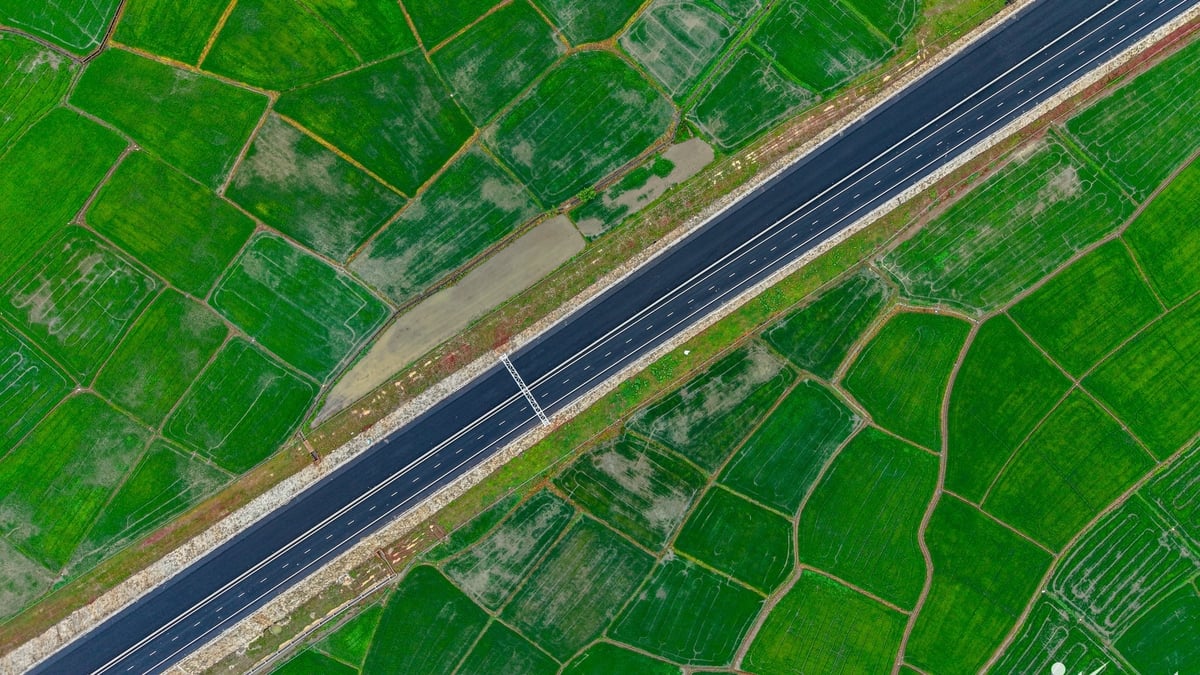


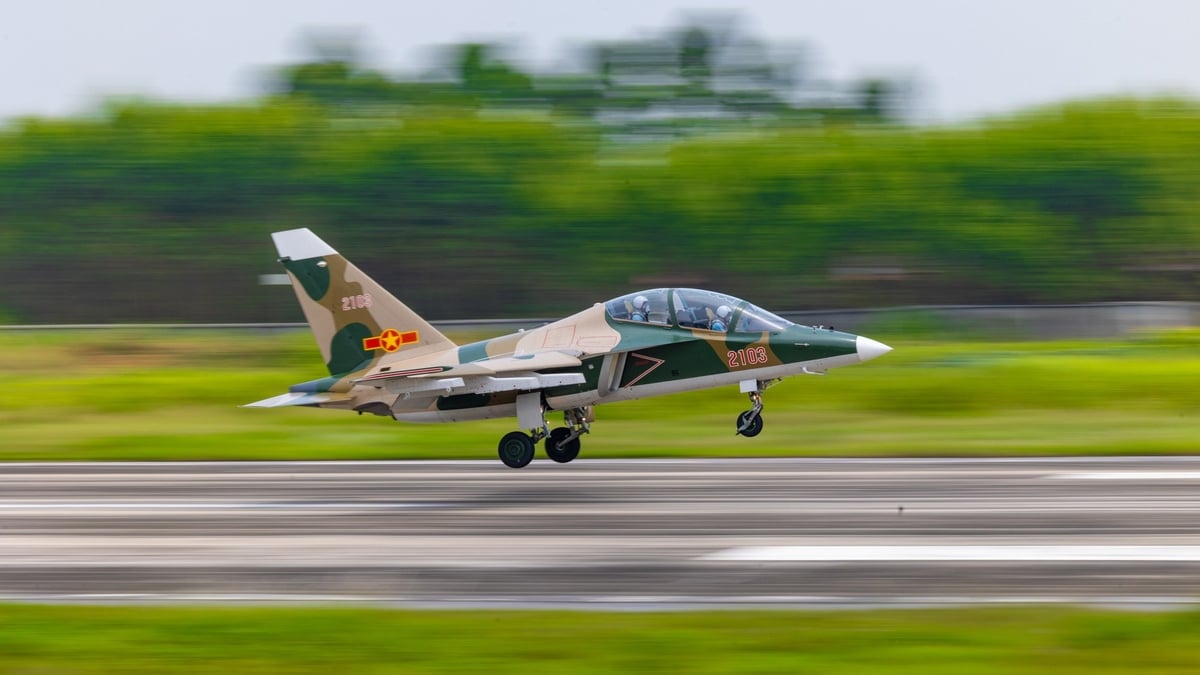



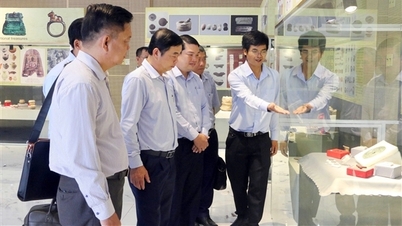

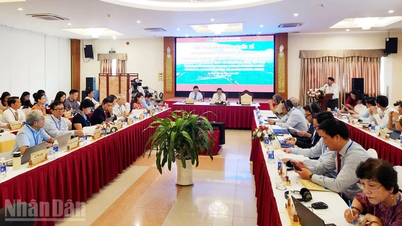





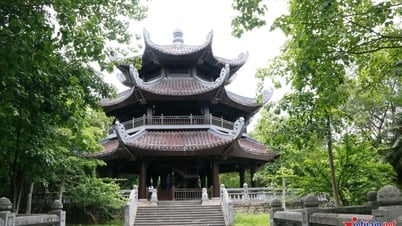









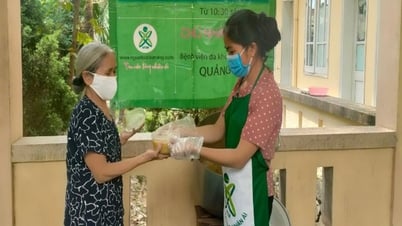
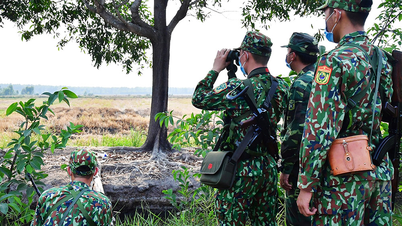



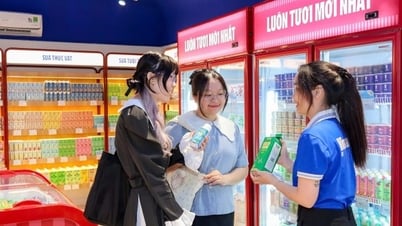
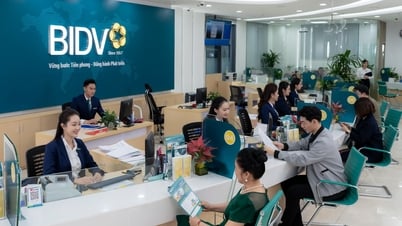



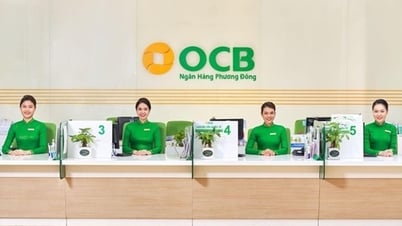








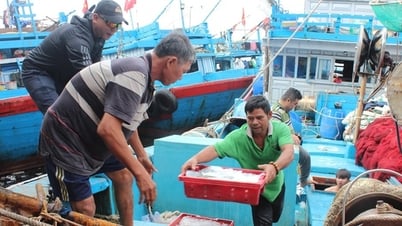

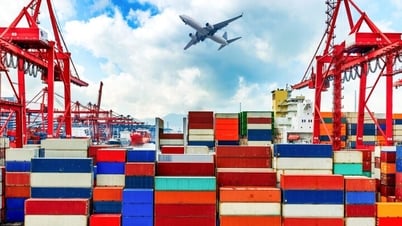




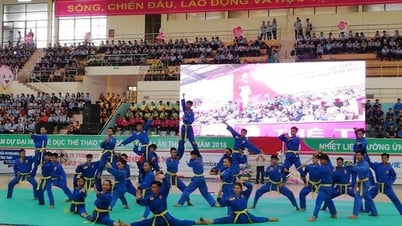
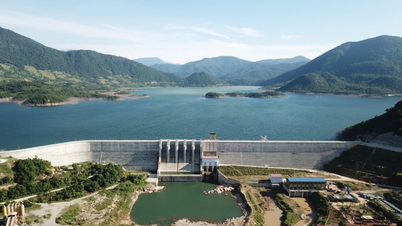








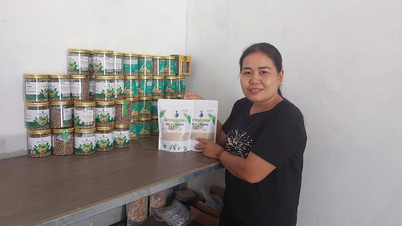

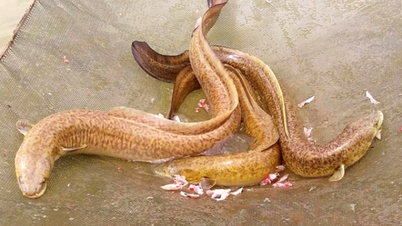
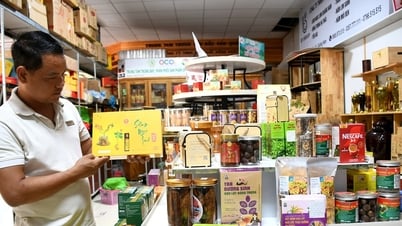


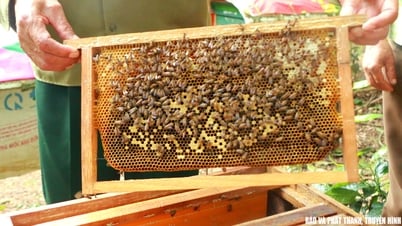

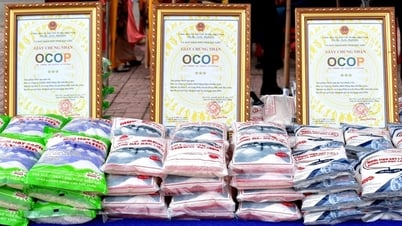

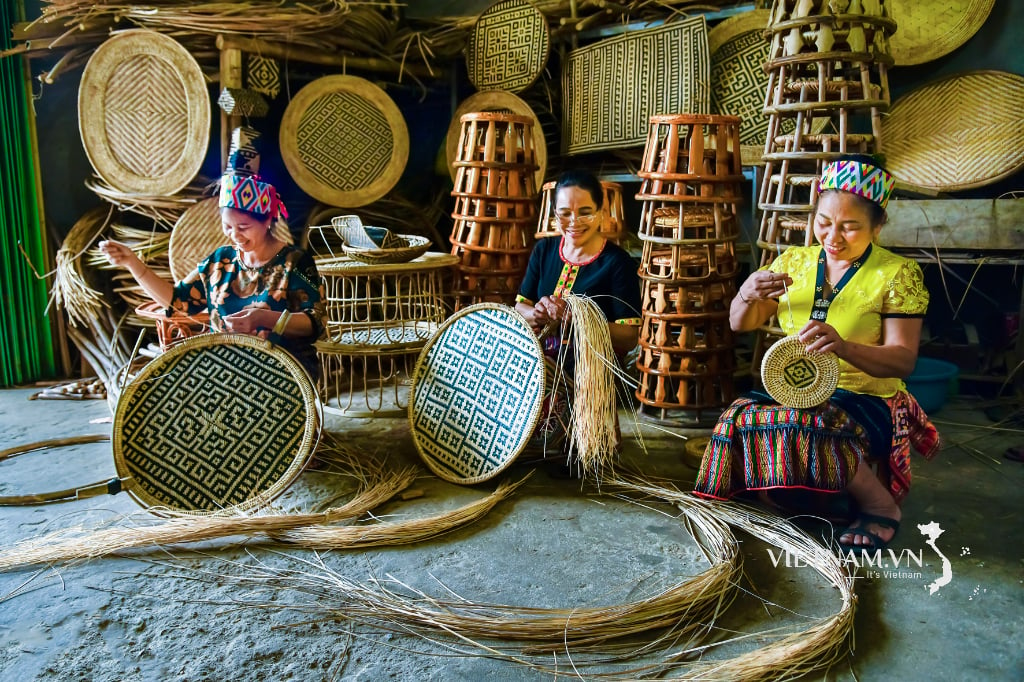

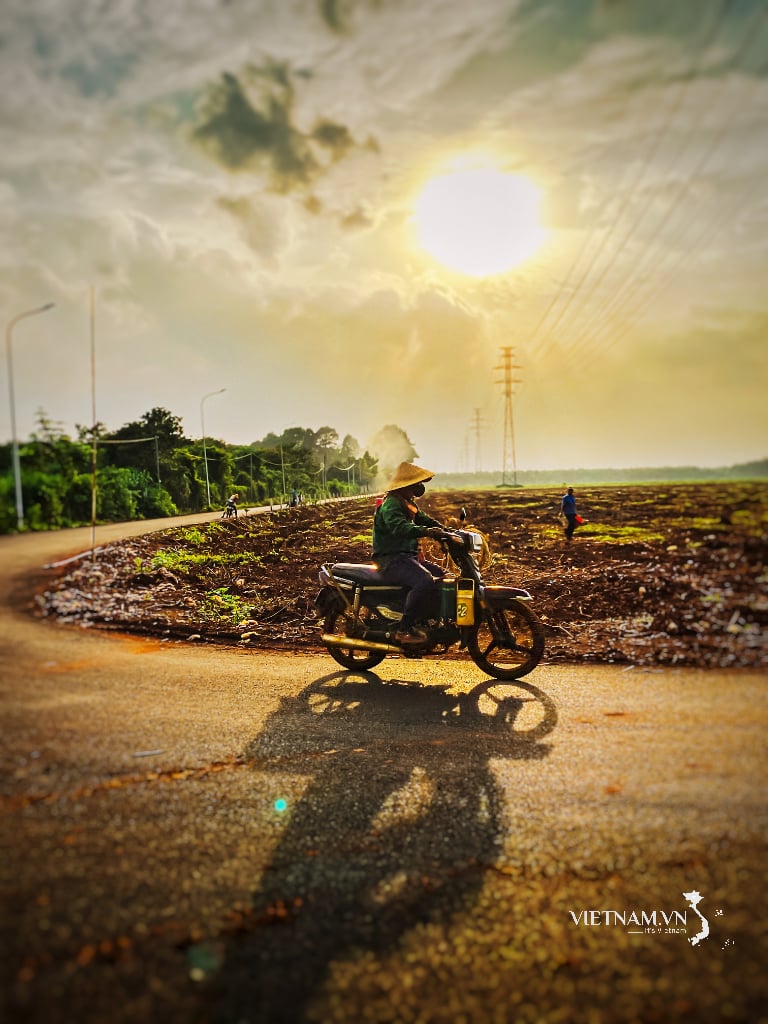

Comment (0)